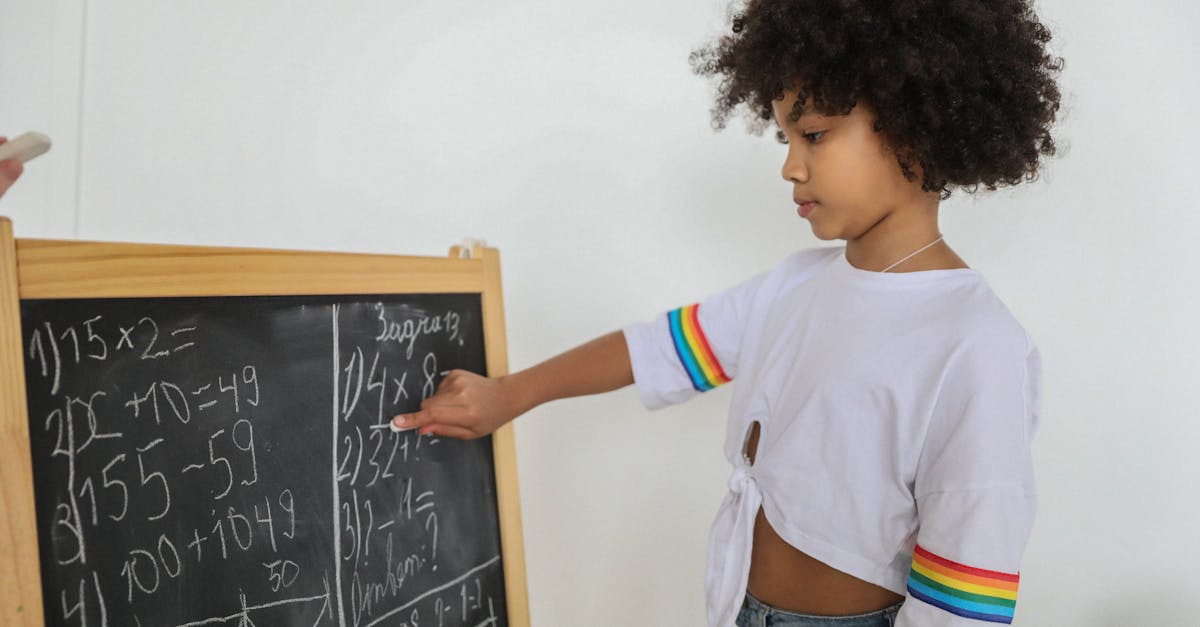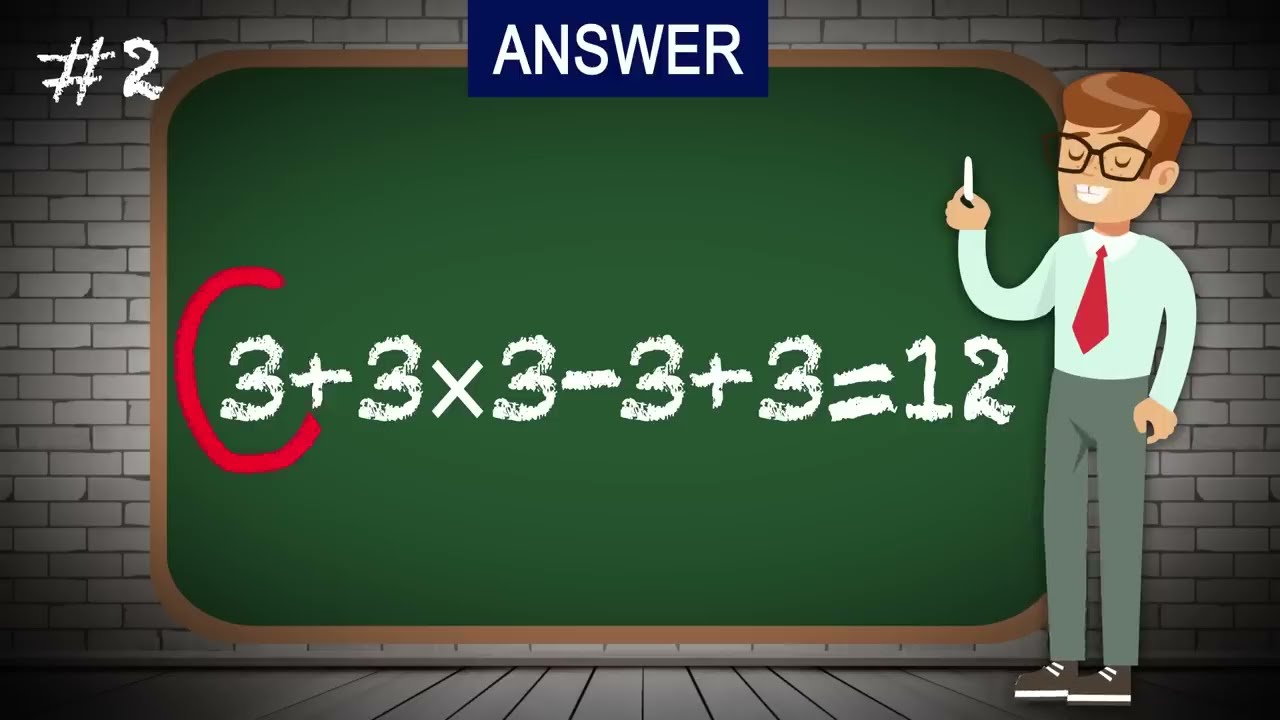Introduction
When you think of jokes, the first thing that comes to mind may not be math. However, math jokes have been growing in popularity and for good reason – they are clever, witty, and can bring laughter to both students and adults. These jokes often play on mathematical concepts, equations, and numbers in a way that is unexpected and humorous. In this blog post, we will explore why math jokes are so clever and popular, the different types of math jokes, and how they can make learning math more fun.
Why Math Jokes are Clever and Popular

There is something about the combination of math and humor that just works. While math is often seen as a serious and difficult subject, math jokes bring a lightheartedness and playfulness to the topic. They also require a certain level of understanding of mathematical concepts, making them even more clever and enjoyable for those who “get” the joke.
Math jokes also have a universal appeal because math is a language that transcends cultural and linguistic barriers. No matter where you are from or what language you speak, the language of math remains the same. This allows for math jokes to be shared and enjoyed by people from all over the world.
In addition, math jokes can also serve as a way to break the ice or create a sense of camaraderie among students. Learning math can often feel isolating and intimidating, but a well-timed math joke can help ease tension and create a more relaxed learning environment.
Types of Math Jokes

There are many different types of math jokes, each with their own clever twist on mathematical concepts. Some of the most common types include puns, riddles, and one-liners.
Puns
Puns are a type of wordplay that uses multiple meanings of words or similar sounding words to create a humorous effect. When it comes to math, there are endless possibilities for puns. Here are a few examples:
- Q: Why was the math book sad?
A: Because it had too many problems.
- Q: What do you call an angle that is adorable?
A: An acute angle.
- Q: Why did the student bring a ladder to math class?
A: Because he heard the teacher was going to show them how to solve equations.
Riddles
Riddles are another popular type of math joke that can be both challenging and entertaining. They often require the listener to think outside of the box and use their mathematical knowledge to come up with the answer. Here are a few examples:
- Q: What has a neck but no head, and two arms but no hands?
A: A shirt.
- Q: How can you make the number one disappear?
A: Add “G” to the beginning and it becomes Gone (1 + G = Gone).
- Q: You see a boat filled with people, but there isn’t a single person on board. How is that possible?
A: All the people on board are married.
One-liners
One-liners, as the name suggests, are jokes that can be told in just one line. They are short, punchy, and often play on words or equations. Here are a few examples:
- I’m bad at math, so I can’t imagine why anyone would want to divide pie into 8 pieces.
- Mathematicians are like Frenchmen: whatever you say to them they translate into their own language and then it becomes something entirely different.
- I was going to tell a calculus joke, but I wasn’t sure if it would derive a laugh.
Examples of Math Jokes
Now that we have explored the different types of math jokes, let’s take a look at some specific examples. These jokes range from puns to riddles to one-liners, showcasing the diversity and cleverness of math jokes.
- Q: Why did the chicken cross the Möbius strip?
A: To get to the same side.
- Q: What do you get when you cross a mosquito and a mountain climber?
A: You can’t cross a vector and a scalar.
- Q: Why is six afraid of seven?
A: Because seven eight nine (7, 8, 9).
- Q: Did you hear about the statistician who drowned in a river with an average depth of six inches?
A: He was all right.
- Q: What does a mathematician use to clean his room?
A: A protractor.
- Q: What did the zero say to the number eight?
A: Nice belt!
How Math Jokes Can Lighten the Mood and Make Learning Fun
As mentioned earlier, math jokes can serve as a way to ease tension and create a more relaxed learning environment. When students are laughing and having fun, they are more likely to be engaged and open to learning. This can be especially beneficial for students who may struggle with math and feel discouraged by the subject.
In addition, incorporating math jokes into lessons can make the material more memorable and relatable. When students are able to connect with the material on a personal level, they are more likely to retain the information and apply it in different contexts.
Moreover, math jokes can also help students develop problem-solving skills. Riddles, in particular, require critical thinking and the ability to approach a problem from different angles. By solving riddles, students are exercising their brains and developing important mathematical skills.
Lastly, math jokes can also encourage students to have a positive attitude towards math. Many people have the misconception that math is boring or difficult, but math jokes show that it can be fun and enjoyable. By changing the perception of math, students may become more interested in the subject and motivated to learn.
Conclusion
In conclusion, math jokes are clever, popular, and have a variety of benefits. They use wordplay, riddles, and one-liners to make mathematical concepts more relatable and entertaining. These jokes can lighten the mood and create a more positive attitude towards math, making it a valuable tool for both students and adults. So next time you’re feeling stumped by a math problem, remember to take a break and share a math joke with your friends or classmates. Who knows, it might just add up to some laughter!
